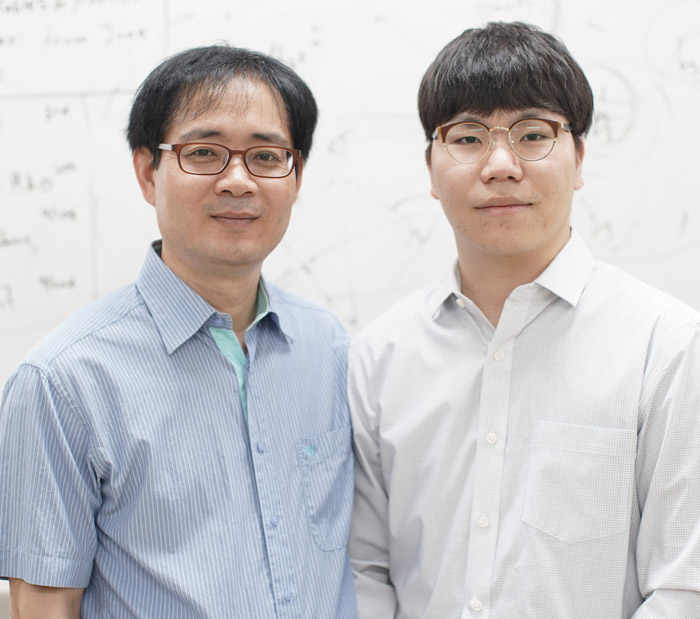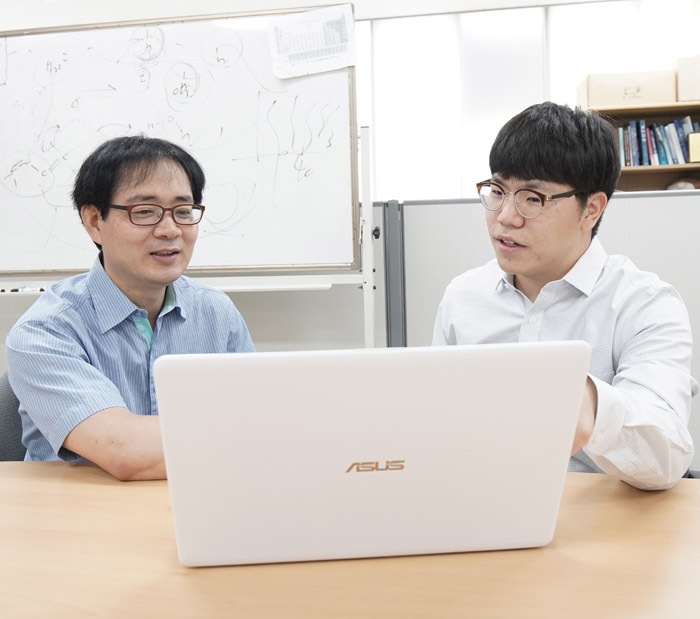Research Stories
Investigation on the influence of oxygen vacancy location on charge carrier losses in reduced TiO2 nanoparticle
Theoretically investigated the influence of oxygen vacancy location on the charge carrier losses in reduced titanium dioxide nanoparticles using quantum calculations.
Chemistry
Prof.
LEE, JINYONG
Researcher NAM, YEONSIK
A joint research team led by Prof. Jin Yong LEE (Dept. of Chemistry) and Prof. Oleg PREZHDO (Univ. of Southern California in USA) theoretically investigated the influence of oxygen vacancy location on the charge carrier losses in reduced titanium dioxide nanoparticles using quantum calculations. This research was published in the Journal of the Physical Chemistry Letters (IF: 8.709, JCR top 6.76 %) as of 8th May, with the title "Strong Influence of Oxygen Vacancy Location on Charge Carrier Losses in Reduced TiO2 Nanoparticles".
Titanium dioxide is definitely the most popular resource for the photocatalytic materials on the fields of academia as well as industry. Currently, the photocatalytic activity of TiO2 is limited by the low absorption efficiency of visible light. Oxygen vacancy defect is artificially introduced or natively exist resulting in the enhancement of the visible light absorption. However, the recent studies reported the contradictory experimental results for photocatalytic activity due to the subsequent change of the electron-hole recombination rate by the oxygen vacancy defect. Still, there are many arguments on the influence of oxygen defect for charge carrier recombination and it has not reached any consensus yet.
Prof. LEE’s team theoretically investigated the influence of oxygen vacancy location on the electron-hole recombination rate of reduced titanium dioxide nanoparticle based on quantum calculations for the first time. This work will be very useful to help researchers understand the photocatalytic activities of various experiments handling titanium dioxide nanoparticles.
Prof. LEE said, "Our theoretical prediction properly explains the contradictory experimental results for photocatalytic activity of reduced titanium dioxide nanoparticles and our results provide guidelines for rational design of nanoscale metal oxides for solar energy harvesting and utilization."
This research was supported by the POSCO Science Fellowship of POSCO TJ Park Foundation, National Research Foundation of Korea (NRF), Korea Institute of Science and Technology Information (KISTI) supercomputing center.


